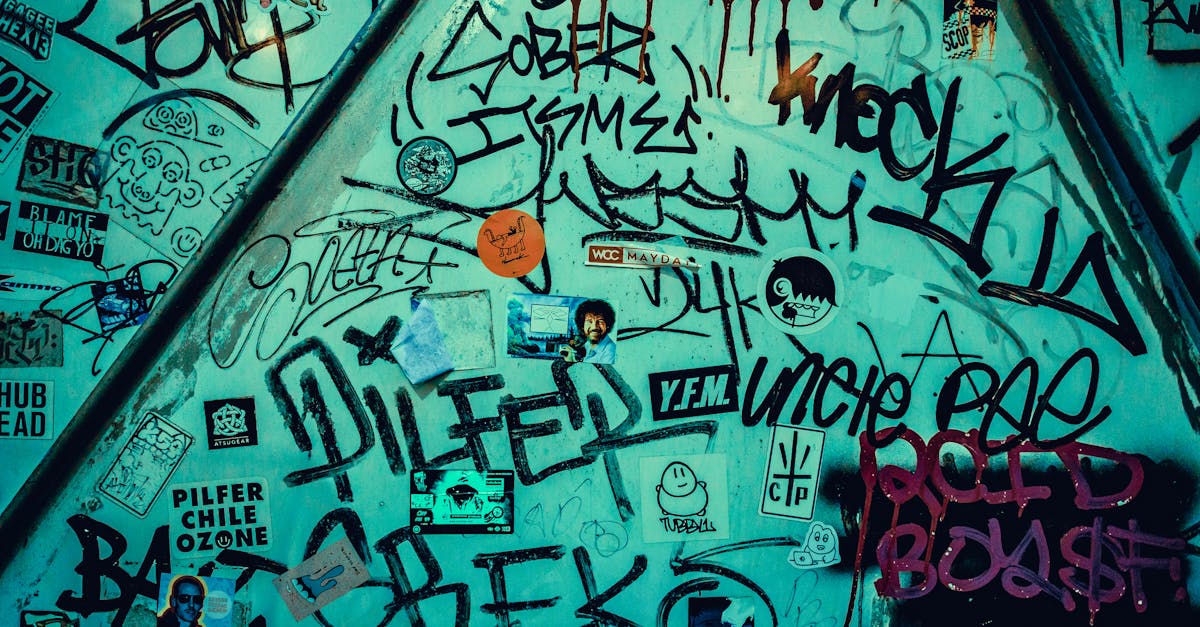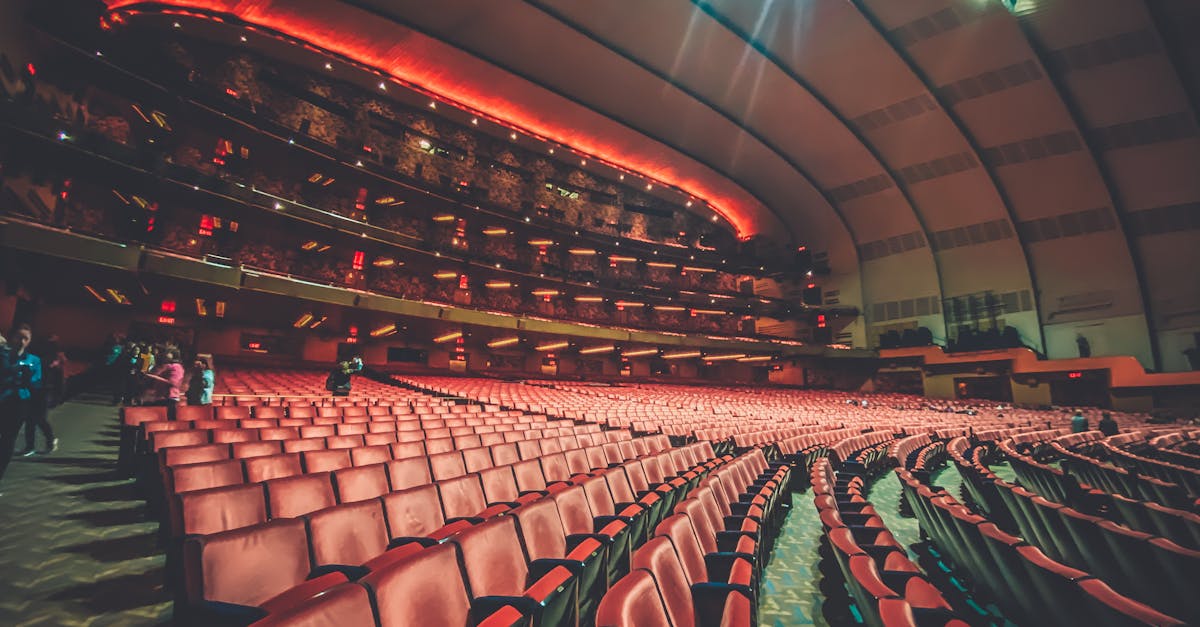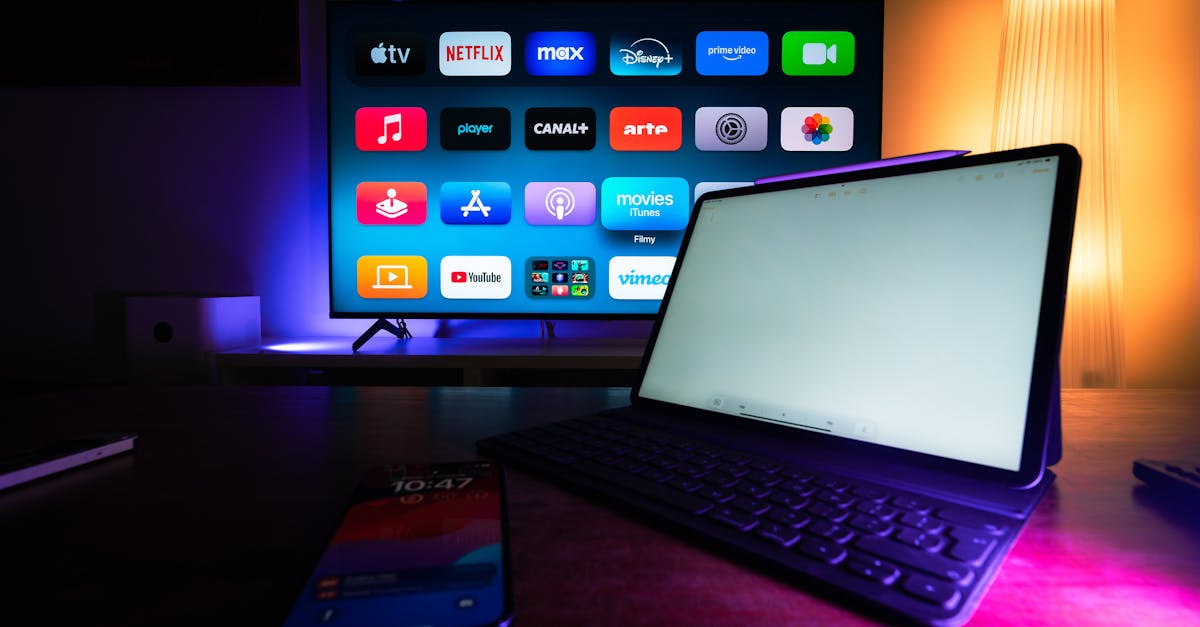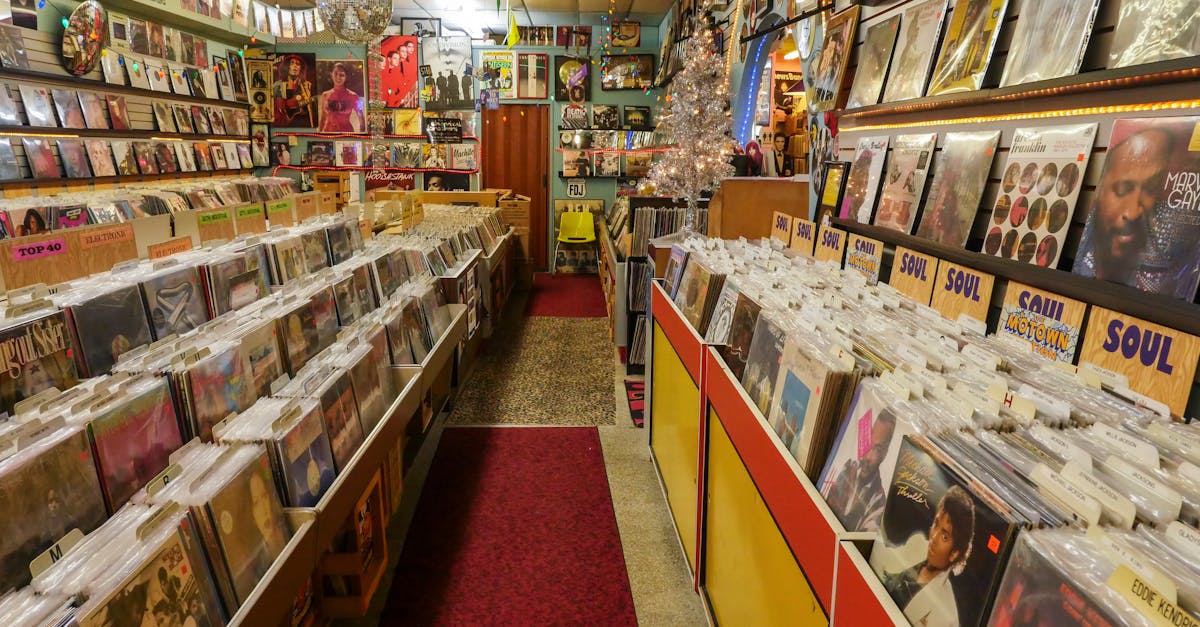The Future of Animation Beyond Pixar and Disney
Introduction
Animation fuels the imagination and transcends age. For decades, companies like Pixar and Disney have been titans in this space, producing beloved classics. But as technology evolves, so does the realm of animation, extending its boundaries well beyond these industry giants. The future of animation promises a broader spectrum of creativity, groundbreaking techniques, and diverse storytelling. New studios and creative minds are emerging, each contributing to a rich tapestry of animated content. This article dives into the exciting prospects awaiting animation enthusiasts post-Pixar and Disney.
Advertisement
The Rise of Independent Studios
Independent studios are becoming pivotal players in the animation industry. With lower overhead costs and direct-to-consumer platforms, they enjoy greater creative freedom. Laika, known for stop-motion animations like "Coraline" and "Kubo and the Two Strings," has carved out a niche with its distinctive style. Similarly, Studio Ghibli, although longstanding, actively redefines the narrative scope of animation, blending whimsical artistry with profound storytelling. These studios exemplify how smaller entities can challenge the norms set by conventional animation powerhouses.

Tima Miroshnichenko/Pexels
Advertisement
Global Influence Expands
Animated content is experiencing a global renaissance, with studios worldwide contributing dazzling creations. Japanese anime, renowned for its emotional depth and artistry, continues to captivate international audiences. Meanwhile, South Korea's animation industry is gaining momentum, producing compelling series and films with cultural richness. Additionally, European studios are experimenting with unique storytelling techniques and formats. This international diversification enriches the animation landscape, offering fresh perspectives and cultural insights.
Advertisement
Technological Advancements
Technology plays a central role in shaping animation's future. Innovations like virtual reality and augmented reality are creating immersive experiences, allowing audiences to interact with animated worlds like never before. Cloud-based rendering and AI tools streamline the production process, enabling creators to experiment with design and storytelling dynamics. As technology advances, animators can venture into new creative territories and push the boundaries of traditional animation.
Advertisement
Exploration of Mature Themes
Animating for mature audiences is gaining traction, reflecting diverse life experiences and sophisticated storytelling. Series like "BoJack Horseman" and "Castlevania" have demonstrated the power of animation in discussing complex themes like mental health and morality. These narratives challenge the perception that animation is purely for children, encouraging deeper engagement from adult demographics. With the growing recognition of animation as a medium capable of serious storytelling, we can expect more mature themes explored with nuance and artistry.
Advertisement
Interactive Storytelling Gains Ground
The convergence of animation and interactivity is revolutionizing how audiences engage with content. Interactive storytelling lets viewers influence storyline outcomes, offered by projects like "The Henry Stickmin Collection" and "Bandersnatch." These choose-your-own-adventure experiences immerse audiences in nonlinear narratives, reshaping the traditional storytelling formula. With developments in gaming and streaming platforms, the future holds endless possibilities for participatory animation experiences.
Advertisement
The Role of Environmental and Ethical Storytelling
Animation is embracing socio-political themes, challenging audiences to rethink perspectives. Environmental storytelling, as seen in films like "Wall-E," underscores urgent ecological concerns. Similarly, animations tackle diversity, inclusion, and ethics, reflecting the world's evolving complexities. These narratives aim to educate and inspire, highlighting animation's power to advocate for change and foster societal awareness.
Advertisement
Embracing Diversity in Voices and Stories
Diversifying storytelling voices ensures animation reflects myriad cultures, experiences, and identities. "Spider-Man: Into the Spider-Verse," with its multicultural and inclusive narrative, exemplified this shift. Animation studios are increasingly prioritizing diverse creators and stories, committing to authentic representation. This move towards inclusivity enriches the animation landscape with vibrant stories that resonate with global audiences.
Advertisement
Expanding the Business Model
The current business model for animation is undergoing significant transformation. Subscription-based streaming services like Netflix and Amazon Prime are reshaping distribution channels, offering direct access to audiences. Crowdfunding platforms provide financial opportunities for independent creators, democratizing content creation. This evolving ecosystem facilitates diverse and innovative animation projects, paving the way for future growth and creative exploration.
Advertisement
Conclusion
The future of animation promises a vibrant evolution beyond the shadows of Pixar and Disney. Independent studios, global influences, and advanced technologies are driving this change, opening new avenues for creativity. As animation explores mature themes and interactive storytelling, it continues to diversify its narrative reach. With an emphasis on cultural authenticity and accessibility, the industry is setting new benchmarks for success. As we move forward, animation's dynamic evolution beckons with endless possibilities, offering an exciting horizon for creators and audiences alike.
Advertisement








